In the world of classic cars, there are certain vehicles that stand out for their unique charm and impressive performance. One such car is the 1964 Ford Falcon 260 Termite Racer, a true icon of the drag racing scene in the 1960s. This article delves into the history, specifications, and racing prowess of the Termite, highlighting its significance as a muscle car of the week.
Origins of the Ford Falcon
The Ford Falcon was introduced by Ford Motor Company in 1960 as a compact, affordable car designed to meet the demands of the economy-conscious market. With its lightweight construction and economical engine options, the Falcon quickly gained popularity among the masses.
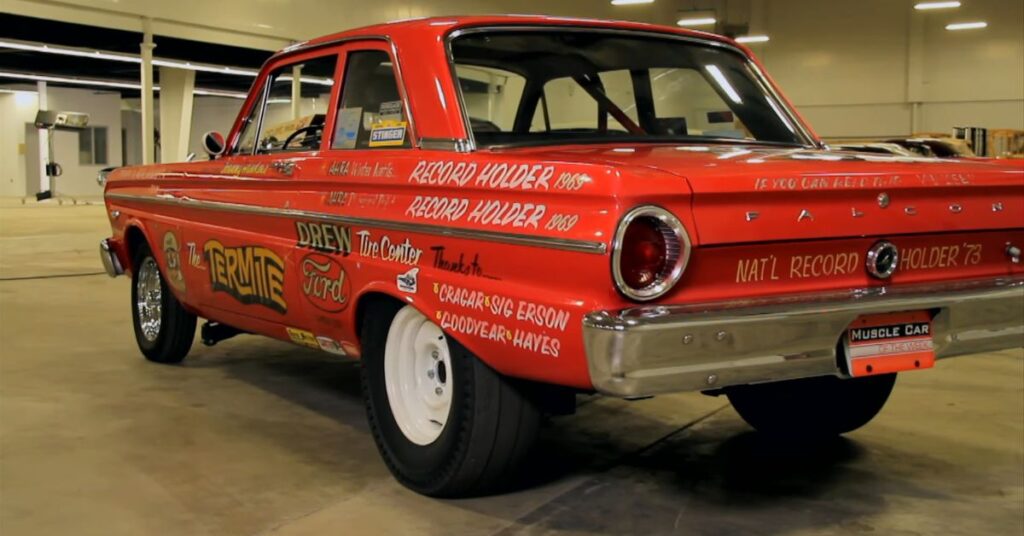
The Termite, a 1964 Ford Falcon race car, emerged from the desire to transform an everyday economy car into a fierce competitor on the quarter-mile drag strip. Owned and raced by Johnny Hawkins, the Termite showcased the potential of the Falcon platform as a race-ready machine.
Powertrain and Performance
The standard Ford Falcon model featured a relatively modest 144 cubic inch Thrift Power six-cylinder engine, which provided decent performance for everyday driving. However, the Termite variant of the Falcon was a completely different beast. It was equipped with a powerful 260 V8 engine, known for its high-compression and aggressive nature. This upgrade transformed the Termite into a formidable machine capable of achieving impressive speeds and acceleration on the drag strip.
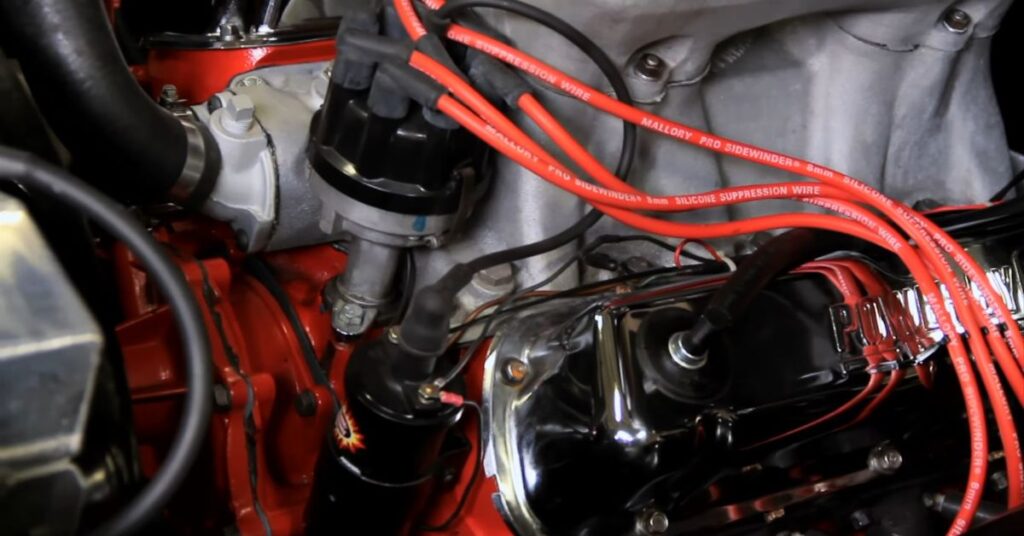
The inclusion of the 260 V8 engine in the Termite gave it a significant boost in power and performance compared to its standard counterpart. The V8 engine’s higher compression ratio allowed for more efficient combustion and increased horsepower. As a result, the Termite became a favorite among speed enthusiasts and drag racing enthusiasts who craved thrilling acceleration and top speeds. With the Termite’s enhanced engine, drivers experienced a surge of power that pushed the limits of what the Falcon was originally designed for.
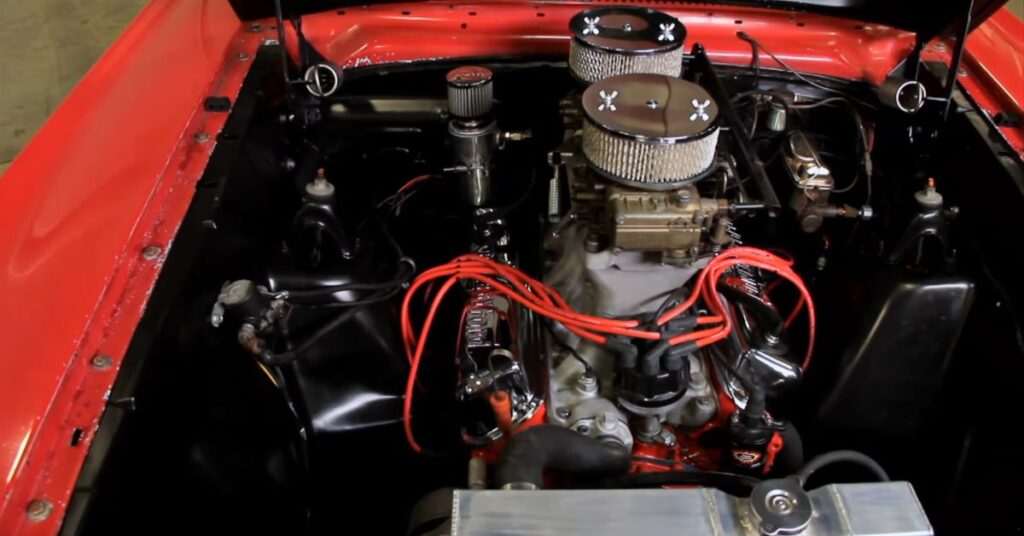
The Termite’s ability to excel on the drag strip can be attributed to its powerful 260 V8 engine. This engine’s performance characteristics, combined with the Falcon’s lightweight design, created a winning formula for drag racing enthusiasts. The Termite’s impressive speeds and acceleration made it a force to be reckoned with, capturing the attention and admiration of automotive enthusiasts who appreciated its raw power and exhilarating performance. The Termite served as a testament to Ford’s engineering prowess and its commitment to delivering thrilling driving experiences to its customers.
Modifications and Upgrades
To enhance its performance, the Termite underwent various modifications using popular aftermarket parts of the era. The most noticeable upgrades were the installation of a pair of 660 CFM Holley carburetors on a tunnel ram aluminum intake manifold, providing increased airflow and fuel delivery.
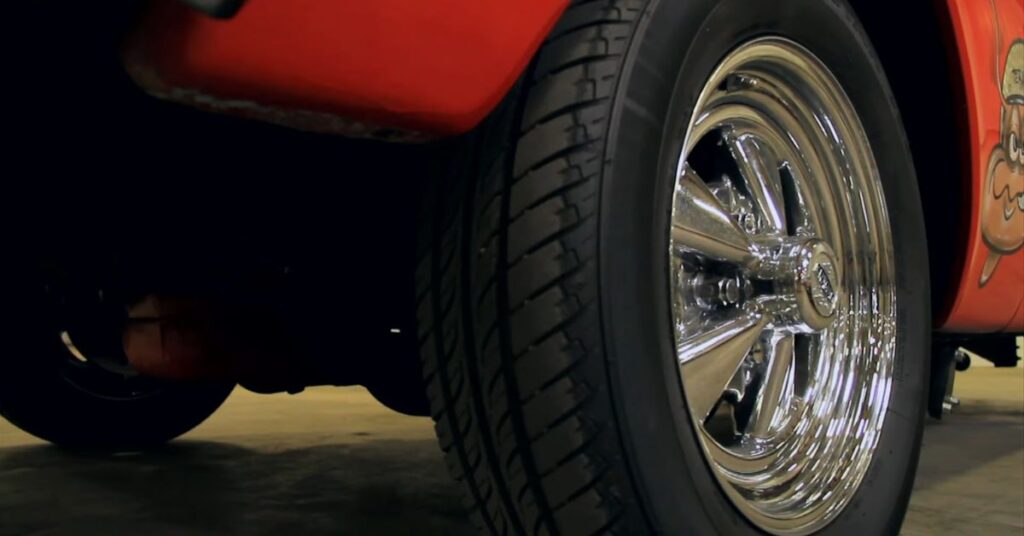
The Termite’s performance on the drag strip was nothing short of remarkable. Competing in various events sanctioned by the American Hot Rod Association (AHRA) in the late 1960s, the Termite set multiple national records and cemented its place in the AHRA record books.
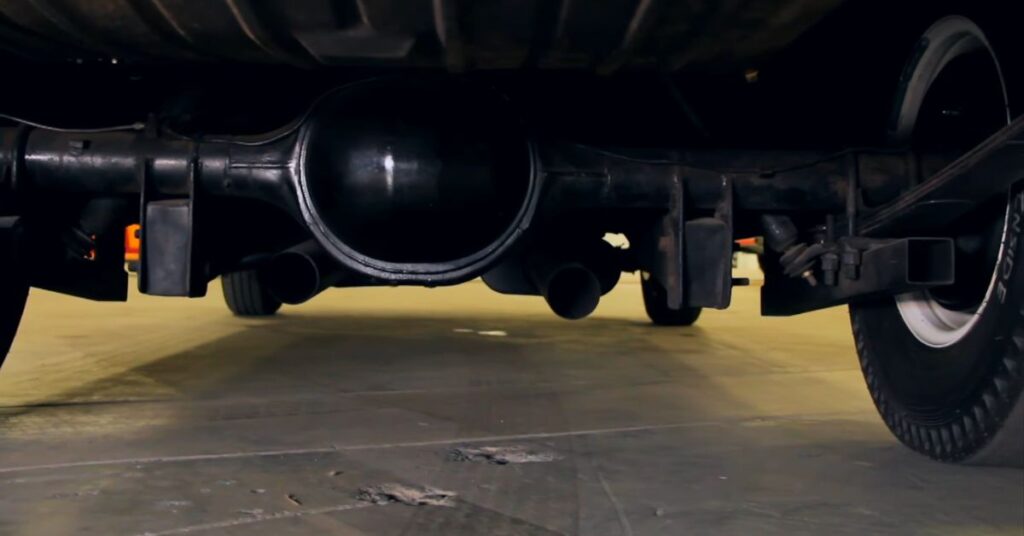
One of the key characteristics of the Termite was its simplicity. Stripped of unnecessary weight-adding components like power steering and power brakes, the Termite focused on being a lightweight powerhouse. Its lightweight construction, combined with the right speed parts, contributed to its exceptional performance.
Exterior
The exterior design of a vehicle plays a crucial role in its overall appeal and functionality. From the sleek lines to the carefully crafted details, every element contributes to the vehicle’s visual impact and aerodynamic performance.
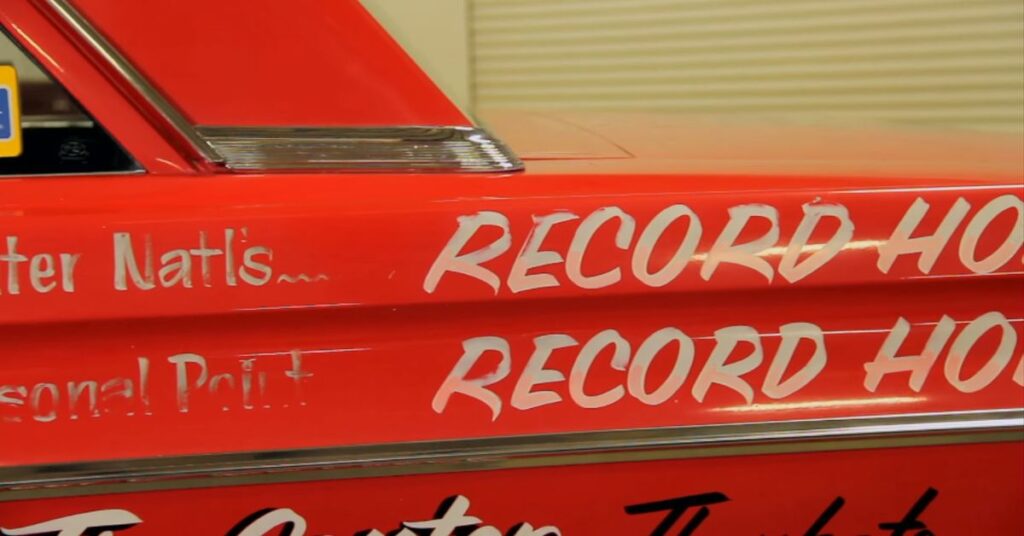
One of the key aspects of a vehicle’s exterior design is its body shape. Automakers carefully sculpt the body panels to create a visually pleasing and aerodynamically efficient profile. The curves, angles, and proportions are meticulously designed to enhance the vehicle’s performance and efficiency while creating a sense of style and elegance.

The front end of a vehicle is often the first thing that captures attention. It typically features the headlights, grille, and bumper, all of which contribute to the vehicle’s distinctive “face.” The headlights not only provide illumination but also serve as a design element, with various shapes and arrangements adding character to the vehicle’s front fascia. The grille design can range from bold and aggressive to sleek and refined, reflecting the vehicle’s overall personality.

Moving along the sides of the vehicle, the design elements become more apparent. The shape of the windows, door handles, and side mirrors all contribute to the overall aesthetics. Many vehicles feature stylish alloy wheels that not only enhance the appearance but also improve performance and handling. Additionally, side skirts and body contours are often incorporated to improve aerodynamics and reduce drag, resulting in improved fuel efficiency.

The rear of a vehicle is another important area where design elements come together. The taillights, trunk or tailgate design, and rear bumper all contribute to the vehicle’s rear aesthetics. The taillights can feature various shapes and LED patterns, providing a unique signature for each vehicle. The rear bumper may incorporate elements such as exhaust outlets or diffusers, adding a sporty touch to the overall design.
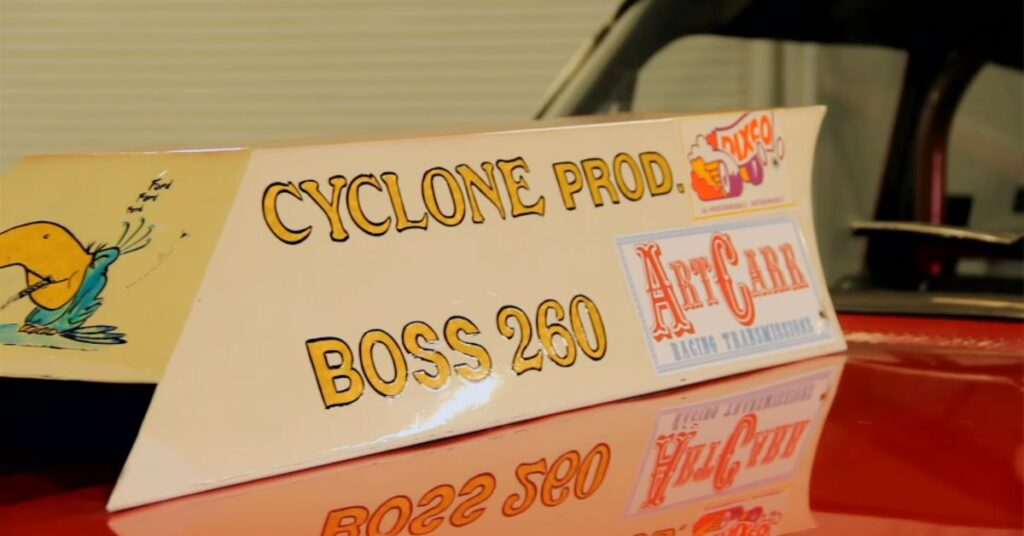
Lastly, the exterior design is often complemented by a range of color options. Manufacturers offer a variety of paint colors, from classic neutrals to vibrant hues, allowing customers to personalize their vehicles and make a statement on the road. The right color can enhance the vehicle’s lines and contours, emphasizing its unique design features.
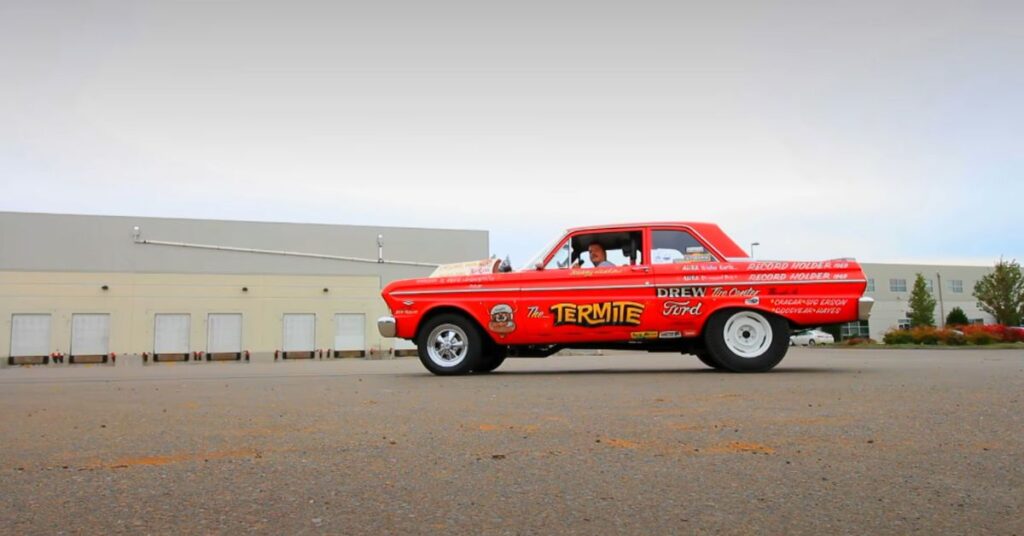
In conclusion, the exterior design of a vehicle encompasses various elements that work together to create a visually appealing and aerodynamically efficient package. From the body shape to the front end, side profiles, and rear aesthetics, each detail is carefully considered to enhance the vehicle’s overall appeal. The exterior design, along with color options, plays a significant role in attracting potential buyers and making a lasting impression on the road.
Whimsical Graphics and Lettering
Adding to the Termite’s charm were the whimsical graphics and lettering adorning its exterior. Renowned hot rod artist Bob McCoy created eye-catching visuals, featuring an angry yet cartoonish termite, symbolizing the car’s fierce and tenacious nature.

Despite its humble origins, the Termite continues to captivate enthusiasts with its historical significance and impressive performance. Its recent engine updates and continued presence in the drag racing community keep the Termite’s legacy alive.
Conclusion
The 1964 Ford Falcon 260 Termite Racer holds a special place in the hearts of classic car enthusiasts and drag racing aficionados. This remarkable vehicle, born out of the desire to push the limits of an economy car, showcases the power of ingenuity and passion in the world of motorsports.


